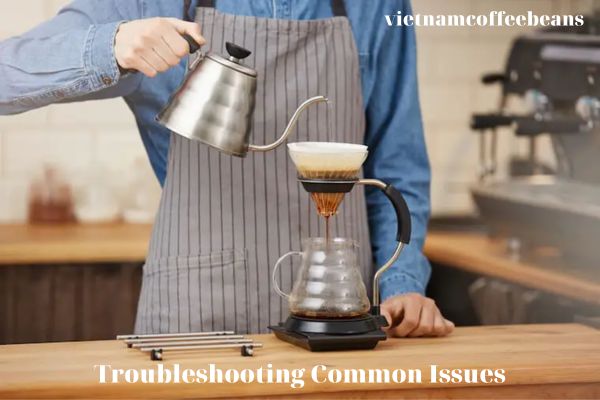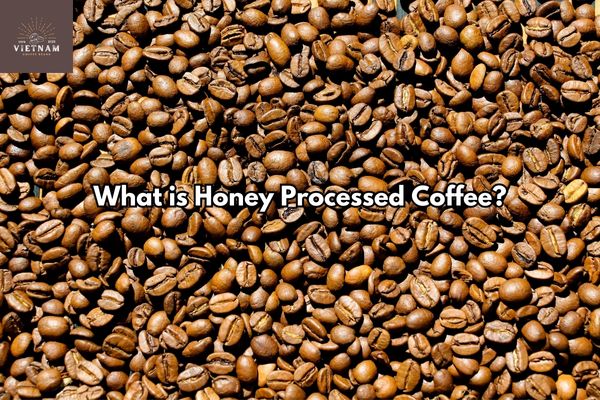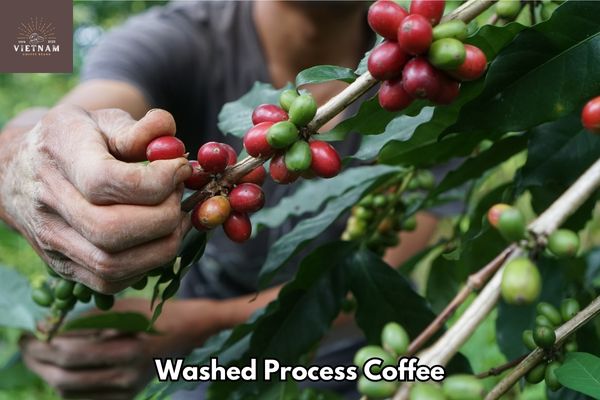Welcome to the wonderful world of percolation brewing! This method of brewing coffee is one of the oldest and most reliable ways of making a delicious drink. It’s been around for centuries, and it’s still one of the most popular methods used today.
Percolation brew is a method of making coffee that involves hot water passing through a bed of ground coffee and a filter. Immersion brew, on the other hand, is a method that involves steeping the coffee grounds in hot water for a certain amount of time.
This is one of the oldest and most reliable coffee brewing methods for connoisseurs.
Both methods have their advantages and disadvantages, depending on your preference and taste. One of the most popular immersion brewers is the French press, which is easy to use and produces a rich and full-bodied cup of coffee.
However, some people may find the French press too muddy or oily, as it does not filter out the fine particles and oils from the coffee. A percolation brewer, such as the V60, can produce a cleaner and brighter cup of coffee, as it uses a paper filter that traps most of the solids and oils.
However, some people may find the V60 too complex or inconsistent, as it requires more attention and skill to control the water flow and extraction.
This guide will show you how to get the most out of your percolation brewing experience, from preparation to troubleshooting common issues. Whether you’re a novice or an experienced barista, you’ll have the perfect drink in no time. Let’s get started!
Key Takeaways
- Percolation brewing is a traditional and reliable method of making coffee.
- It involves grinding coffee beans to the right coarseness and using freshly roasted beans.
- Water temperature, grind size, and brewing time are important factors in preparing the coffee grounds.
- Cold brewing and drip brewing are popular methods, each with their own benefits and drawbacks.
Understanding the Percolation Brew Method

One of the most popular methods of brewing coffee is the percolation method, which involves passing hot water through a bed of coffee grounds. An example of this method is using an Aeropress, a device that uses air pressure to push water through a filter and into a cup.
The Aeropress is different from an espresso machine, which also uses pressure, but at a much higher level. The Aeropress is also an example of immersion, because the water and the coffee bed are in contact for the entire brewing time.
This allows for more removal and flavor than a drip method, where the water passes through the coffee bed quickly.
Unless you want to try other method, we recommend the nel drip: a traditional japanese method, or read how to make the perfect pour over brew from our web.
Preparing the Coffee Grounds and Water
One of the most important steps in making a good cup of coffee is preparing the coffee grounds and water. Depending on the brewing method, you will need to grind the beans to a suitable size and measure the right amount of water.
For example, if you are using a siphon, you will need a medium-fine grind and about 200 ml of water for one cup. If you are using a dripper, such as a Kalita, you will need a medium-coarse grind and about 250 ml of water for one cup.
The water should be heated to around 90-95°C before pouring it over the grounds.
Brewing the Coffee

Nothing beats the excitement of watching your favorite coffee blend come to life – it’s time to brew! Brewing your own coffee is an exciting process that can be incredibly rewarding. Two popular brewing methods are cold and drip brewing.
With cold brewing, the coffee grounds are steeped in cold water for extended periods of time, resulting in a smoother, lower-acidic cup of coffee. On the other hand, drip brewing involves using hot water to extract the flavor from it. The coffee is then dripped through a filter and into a mug or carafe.
No matter which brewing method you choose, controlling the extraction process is key to ensuring a delicious drink. The grind size, water temperature, and brewing time all have an effect on the flavor. By taking the time to fine-tune these variables, you can create a coffee drink that is perfect for your palette. Armed with the right knowledge and tools, you can be a master barista in no time!
Controlling the Extraction Process
If you want to make the perfect drink, you’ll need to master the art of controlling the extraction process. The key factors in this process are the grind size and the water temperature.
If your grind is too coarse, the water won’t be able to extract the flavor of the coffee, resulting in a weak, watery cup. On the other hand, if your grind is too fine, the water will be able to extract too much, creating a bitter cup.
Similarly, water that is too hot will also result in an over-extracted, bitter cup, while water that is too cold will result in an under-extracted, weak cup. In order to ensure a balanced cup, it’s important to pay attention to the size and water temperature.
With a few simple adjustments, you can fine-tune your removal process and make the perfect cup of coffee.
Having the right control of the removal process is only one part of the equation. To truly master the art of making coffee, you’ll also need to be able to troubleshoot any common issues that may arise.
Troubleshooting Common Issues

When it comes to troubleshooting common issues when making coffee, it can be tricky to figure out what went wrong – but don’t worry, you’re not alone! Have you ever experienced a cup that was too bitter, or too weak?
The key is to start by understanding the fundamentals of coffee brewing and what techniques work best for your particular coffee. Cold brewing and immersion methods are two popular methods used for making coffee, and each has its own distinct benefits and drawbacks.
When using cold brewing, the coffee grounds are steeped in cold or room temperature water for several hours, resulting in a smooth and mellow cup of coffee. However, this method can also result in a weak cup if the steeping time is too short or the water temperature is too low.
For immersion methods, the coffee grounds are submerged in hot water for a short period of time, resulting in a stronger, more intense cup of coffee. If the brew time is too long, however, the cup can become overly bitter.
To avoid these common issues, it’s important to follow the brewing instructions carefully and pay attention to the taste of your coffee as you go. With a little practice, you’ll be able to master the perfect cup of coffee every time!
You can you the phin filter to make authentic Vietnamese coffee with our Vietnamese Phin Coffee Guide.
Conclusion
Brewing the perfect cup of coffee using the percolation method takes practice, patience, and a bit of trial-and-error. Once you get the hang of it, however, you’ll be rewarded with a cup of joe that’s as rich and flavorful as any you can buy in a café.
With the tips and tricks I’ve outlined, you’ll be able to develop your percolation skills and brew a cup of coffee that can put a smile on your face and a spring in your step. So why not get started today? After all, as the saying goes, “a morning without coffee is like a day without sunshine!” …it just isn’t as bright!
Hope you get useful information from the article, if you have any questions or want to read more articles about coffeebeans, please visit the website: https://vietnamcoffeebeans.com/
Thank you!






